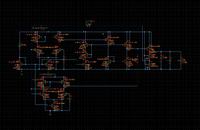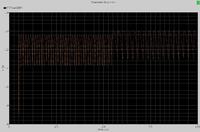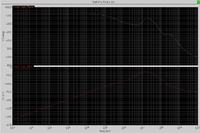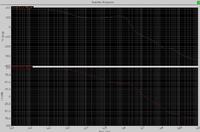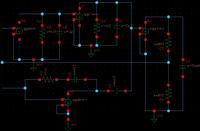quaternion
Full Member level 4
- Joined
- Nov 12, 2006
- Messages
- 212
- Helped
- 17
- Reputation
- 34
- Reaction score
- 7
- Trophy points
- 1,298
- Location
- Cairo , Egypt
- Activity points
- 2,828
Loop stability
This picture shows the loop gain & phase of my LDO , as shown the phase doesn't get apart from its initial value by more than 180° (either in positive or negative phase),but the transient response shows an oscillation.
[this response is at no load, at full load ,also the phase is within the previous limit]
Why does it oscillates in transient ?
Thanks.
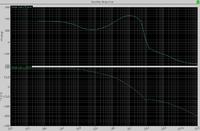
This picture shows the loop gain & phase of my LDO , as shown the phase doesn't get apart from its initial value by more than 180° (either in positive or negative phase),but the transient response shows an oscillation.
[this response is at no load, at full load ,also the phase is within the previous limit]
Why does it oscillates in transient ?
Thanks.

